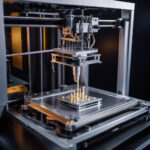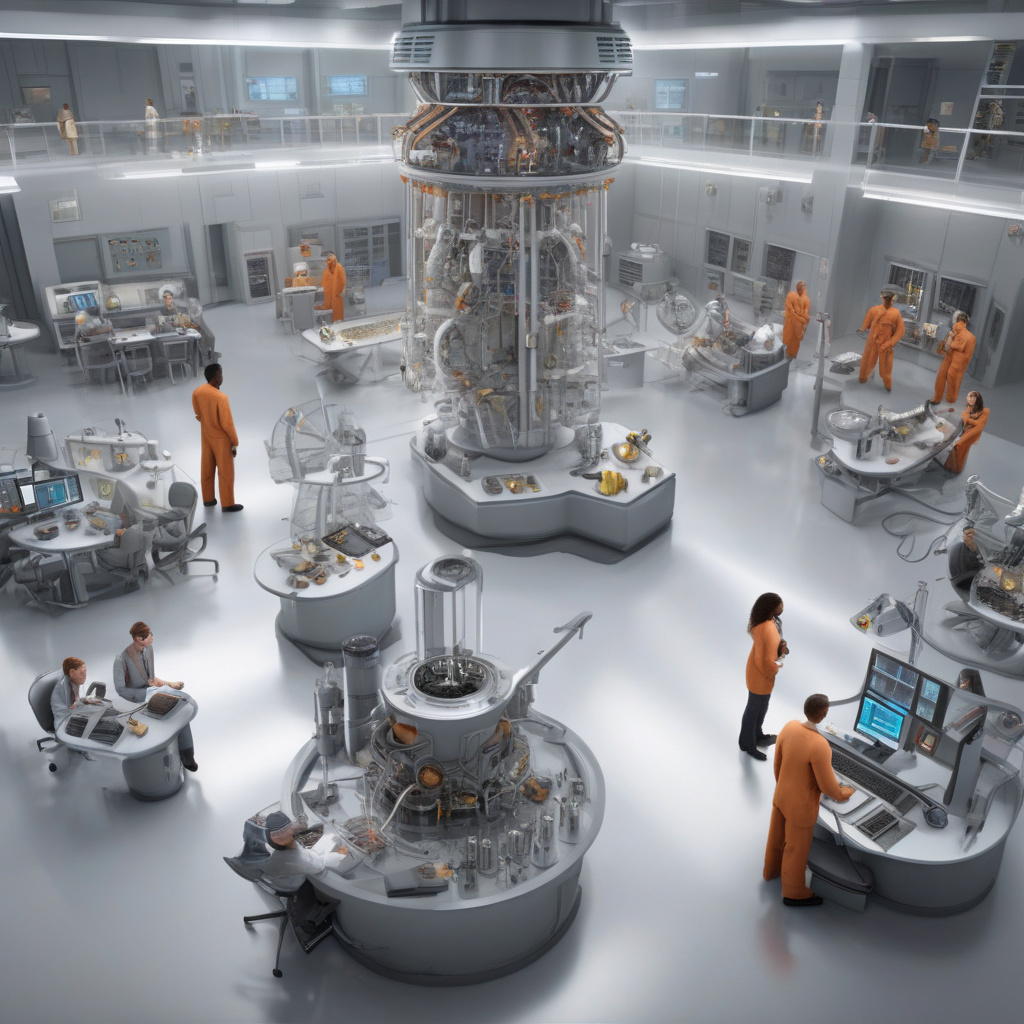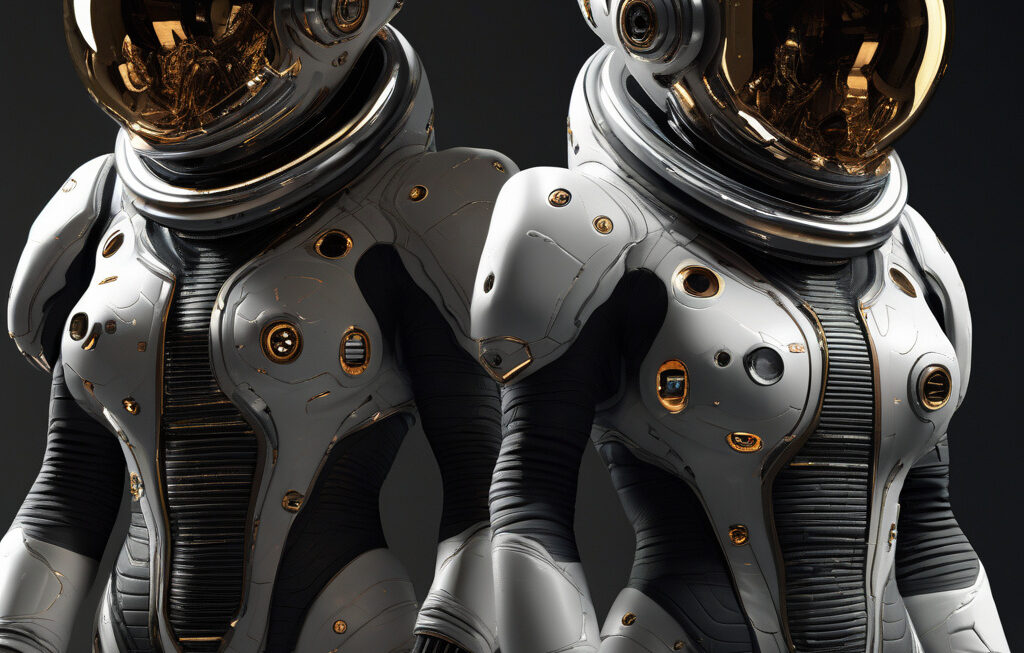US Nuclear Weapons and Materials Research to be Run by AI-Driven Fusion Design
Scientists at Lawrence Livermore National Laboratory (LLNL) have achieved a significant breakthrough in fusion research that could revolutionize the way nuclear weapons and materials research are conducted. By harnessing the power of artificial intelligence (AI) to drive fusion design, LLNL is paving the way for more efficient and effective processes in the field.
Fusion research has long been a complex and challenging endeavor, requiring precise calculations and simulations to achieve desired outcomes. With the integration of AI into fusion design, scientists at LLNL can now leverage machine learning algorithms to optimize experiments, predict results, and ultimately accelerate the development of advanced nuclear technologies.
One of the key advantages of using AI-driven fusion design in nuclear research is the ability to explore a wider range of possibilities in a shorter amount of time. By analyzing vast amounts of data and identifying patterns that human researchers may overlook, AI can help scientists make breakthroughs that would have been otherwise impossible.
Moreover, AI-driven fusion design offers a level of precision and accuracy that is unmatched by traditional methods. By continuously learning from new data and refining its algorithms, AI can quickly adapt to changing conditions and provide real-time insights that can guide researchers towards the most promising solutions.
In the context of nuclear weapons research, AI-driven fusion design holds great promise for enhancing security and reliability. By simulating different scenarios and analyzing potential risks, scientists can gain a better understanding of how nuclear weapons function and how they can be improved to meet evolving threats.
Additionally, AI can play a crucial role in the monitoring and safeguarding of nuclear materials, ensuring that they are handled and stored properly to prevent accidents or unauthorized use. By analyzing data from sensors and surveillance systems, AI can detect anomalies and alert authorities to potential security breaches, helping to maintain the integrity of nuclear facilities.
The implications of AI-driven fusion design in nuclear research extend beyond national security to encompass environmental and energy considerations as well. By optimizing fusion processes, scientists can work towards developing sustainable energy sources that reduce reliance on fossil fuels and mitigate the impact of climate change.
As AI technology continues to advance, the potential for innovation in nuclear research is virtually limitless. By combining the analytical power of AI with the expertise of human researchers, LLNL and other institutions are poised to make groundbreaking discoveries that will shape the future of nuclear science and technology.
In conclusion, the integration of AI-driven fusion design into nuclear weapons and materials research represents a paradigm shift in the field, offering unprecedented opportunities for progress and innovation. By leveraging the capabilities of AI, scientists can unlock new insights, optimize processes, and ultimately advance our understanding of nuclear phenomena in ways that were previously unimaginable.
#AI, #FusionDesign, #NuclearResearch, #Innovation, #LLNL












